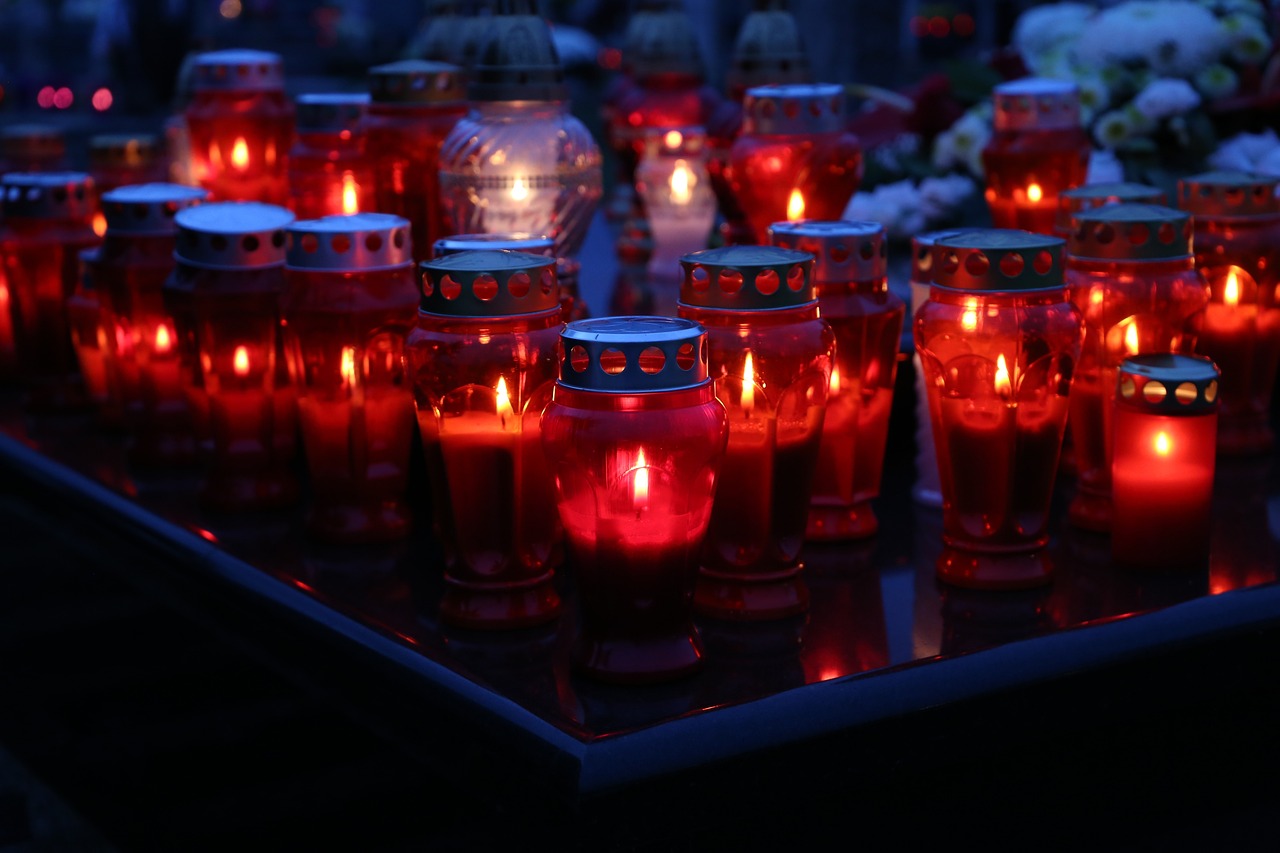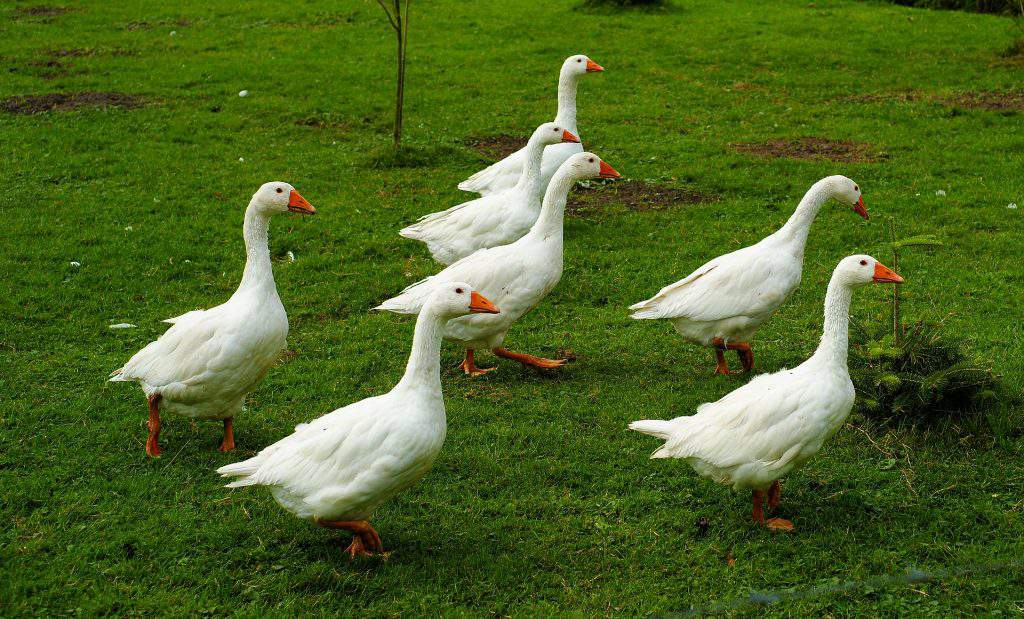Handy guide to the most important Hungarian holidays and folk customs connected to the autumn season

There are quite a number of Hungarian holidays and folk customs during the autumn, each steeped in rich history and cultural significance. Among these, the commemoration of the Martyrs of Arad on 6 October stands out, alongside other important observances like the anniversary of the 1956 Revolution and All Saints’ Day, all reflecting the enduring spirit and traditions of Hungary.
6 October
The Martyrs of Arad, also known as the Arad Thirteen, were thirteen Hungarian officers executed on 6 October 1849 for their involvement in the 1848-49 Hungarian Revolution and War of Independence. On the same day, Hungary‘s first prime minister, Lajos Batthyány, was executed in Pest. Hungarians remember the heroes each year through heartwrenching shows/plays.

23 October
On 23 October, Hungarians celebrate the anniversary of the 1956 Hungarian Revolution, a key event in the nation’s fight for freedom from Soviet control. This national holiday honours the brave citizens who rose up against Soviet oppression and demanded political reforms and independence. Despite the revolution being ultimately crushed, this Hungarian holiday remains a symbol of national pride and the Hungarian spirit of resistance.
1 November
On 1 November, Hungarians observe All Saints’ Day, a significant Hungarian holiday dedicated to remembering and honouring deceased loved ones. This day, rooted in Christian tradition, sees families visiting cemeteries to clean and decorate graves with flowers and candles, symbolising respect and remembrance. It is a solemn occasion where people reflect on the lives of the departed and keep their memories alive, making it a deeply important cultural and spiritual event in Hungary.

2 November
On 2 November, Hungarians observe the Day of the Dead, a sorrowful Hungarian holiday that follows All Saints’ Day. This day is dedicated to commemorating the souls of the departed, with many families visiting cemeteries to pay their respects. It is a time for reflection and remembrance, where candles are lit, and flowers are placed on graves to honour the memory of loved ones who have passed away. Here’s a video that reflects the soul of this day:
11 November
On 11 November, Hungarians celebrate St. Martin’s Day, a cherished Hungarian holiday that marks the end of the agricultural year and the beginning of winter preparations. The day is named after Saint Martin of Tours and is associated with various local customs and traditions, including feasting on roasted goose and enjoying new wine. According to folklore, if you do miss out on the goose on Martin’s Day, you will starve the following year.

Read also:
- Hungary’s 8 World Heritage sites: discover cultural and natural wonders through stunning photos
- Just like grandma used to do: Autumnal sweet treats the Hungarian way – RECIPE
Source:





